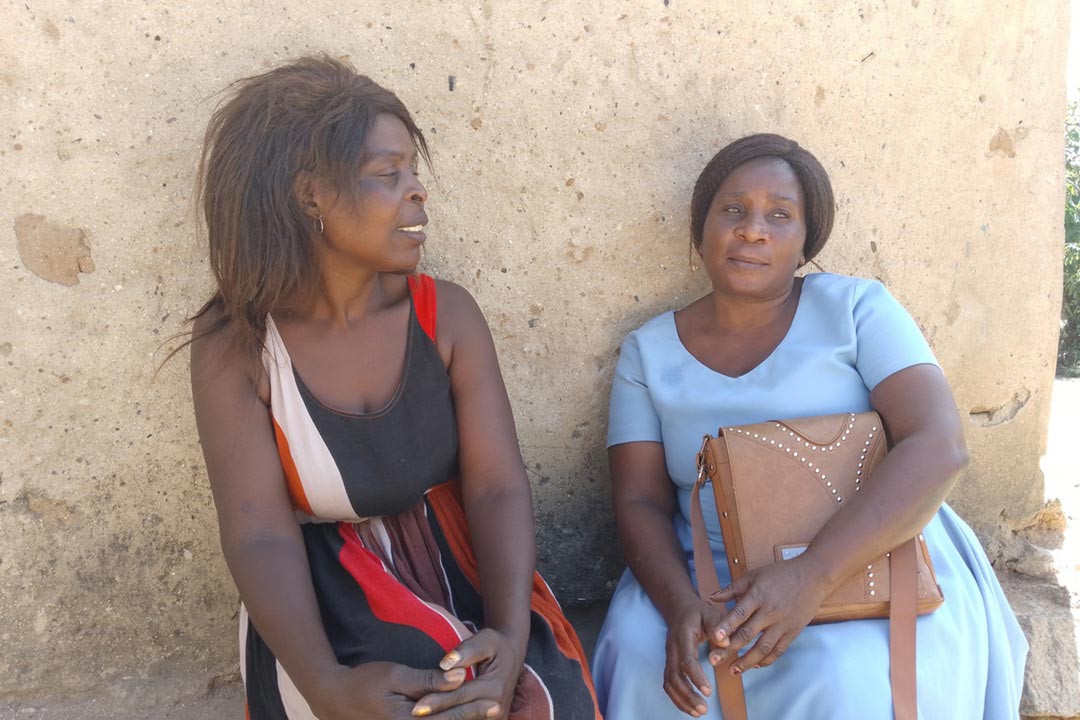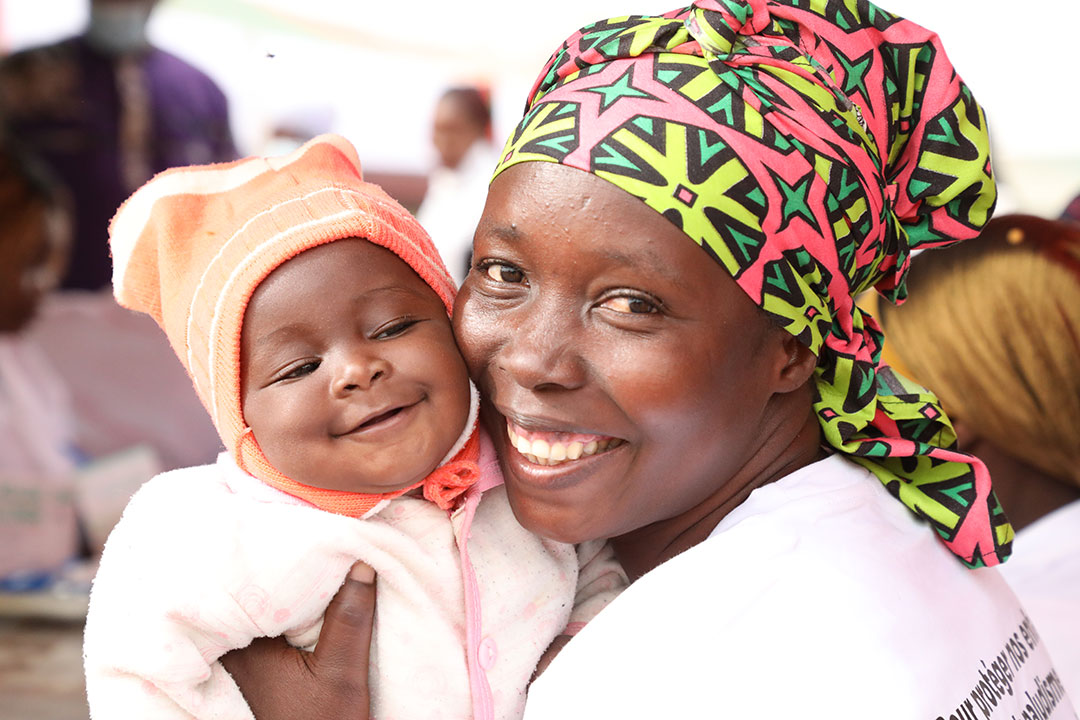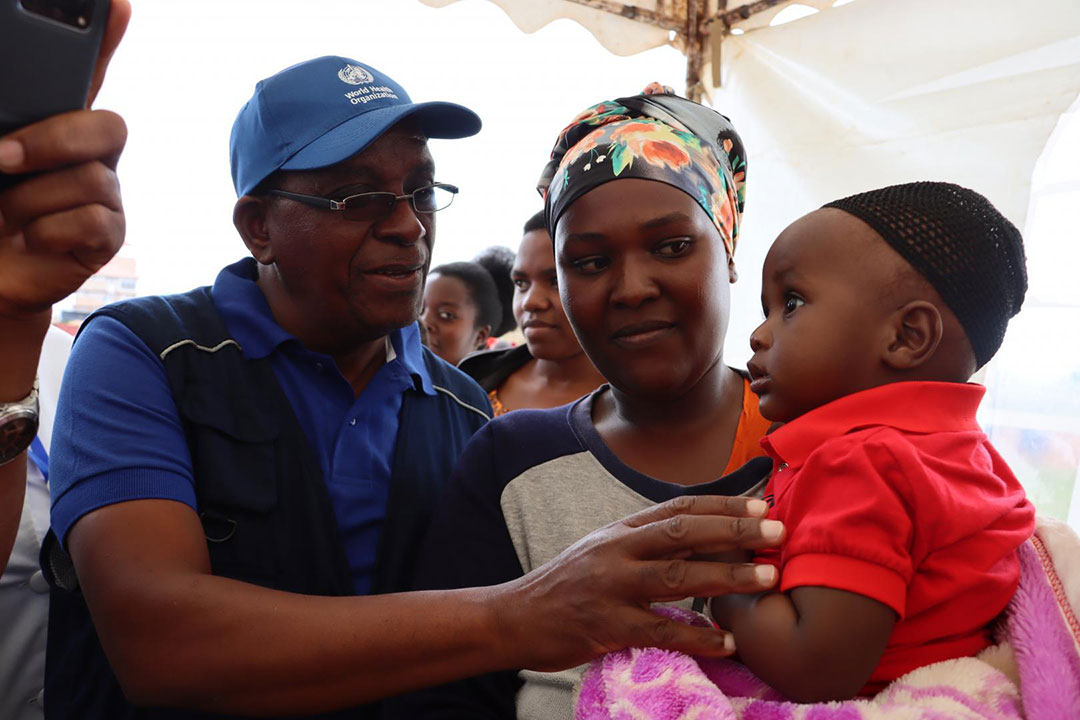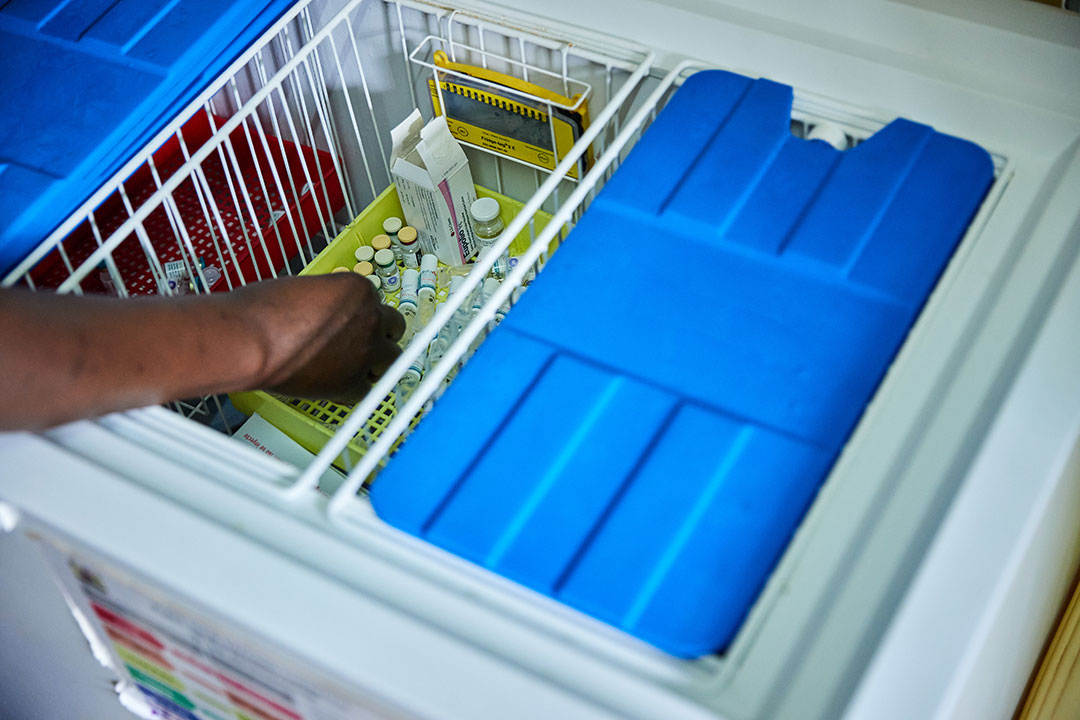How is the pandemic impacting one of the world’s largest refugee settlements?
As of 27 June 2020, there have been 513 tests carried out in the camps, with 49 confirmed cases.
- 1 July 2020
- 4 min read
- by Gavi Staff

 |
Dr Balwinder Singh Chawla
Medical Officer, Immunization System Strengthening |
What is the impact of COVID-19 in the refugee camps of Cox’s Bazar?
As of 27 June 2020, there have been 513 tests carried out in the camps, with 49 confirmed cases. As per available reports, there are 38 people in isolation and five deaths. In the broader host community, 2,382 cases have been reported. While we don’t have a high number of cases, we understand that the disease can spread very quickly in the absence of strong and timely actions.
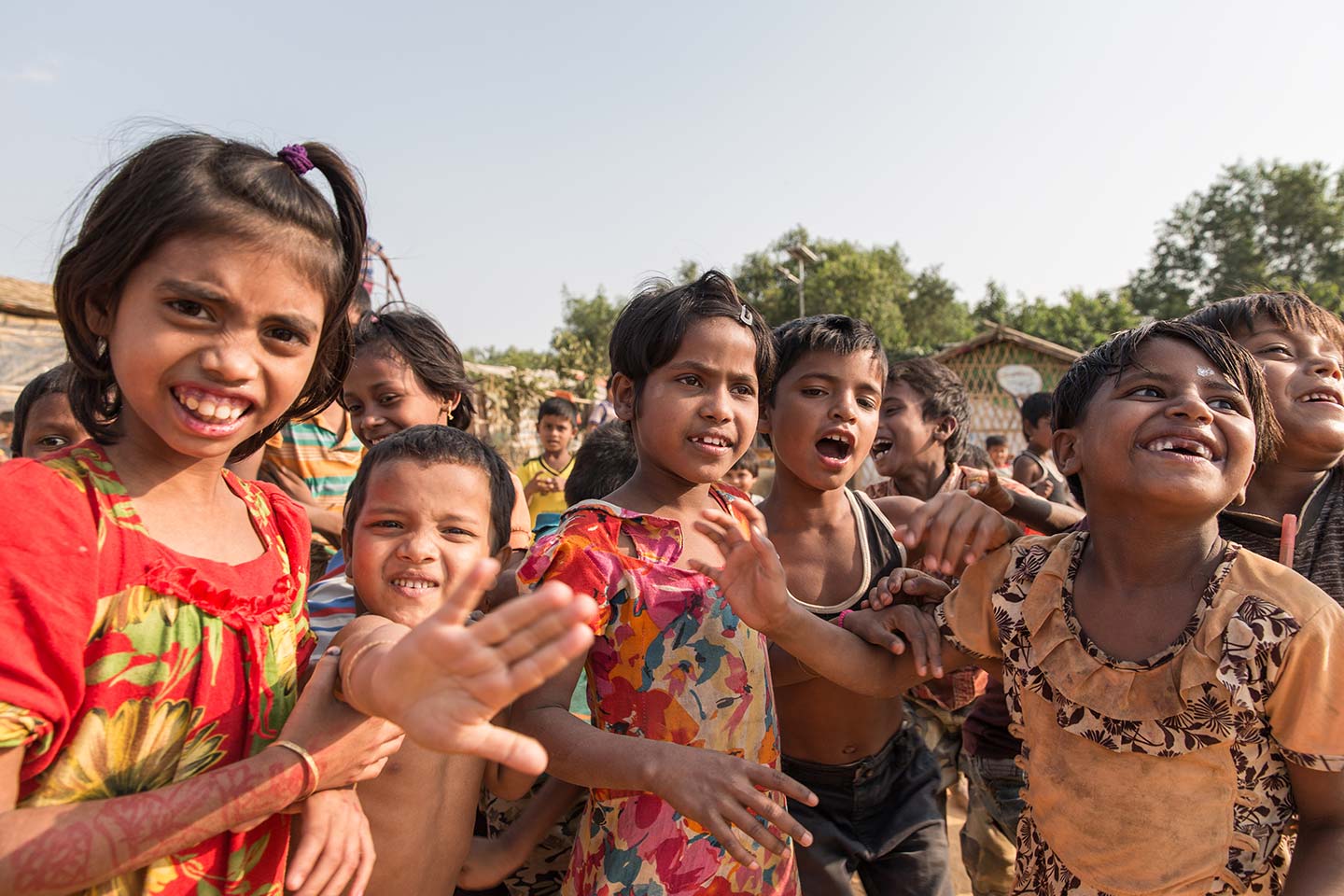
Since the beginning of the pandemic, the World Health Organization (WHO) has been working round the clock with the health sector to prepare and scale-up response activities. We are supporting the expansion of the district laboratory for increased testing, and the current daily sampling capacity is over 500. WHO also supports the expansion of treatment capacities and has trained hundreds of health workers and volunteers in clinical management and contact tracing. And supplies have been distributed to partners, enabling a timely response.
The pandemic is also having an impact on the delivery of routine immunisation programmes. Because of lockdown, there has been a drastic drop in vaccination sessions held in the camps. WHO is working closely with the local health authorities, partners and camp officials to prepare for the re-launch. Once immunisation services resume, they will take place in health facilities as outreach teams remain grounded for the time being.
In such a crowded setting, how do you limit the spread of the disease?
It’s very challenging as the camps in Cox’s Bazar are home to more than 800,000 Rohingya refugees. It’s one of the largest refugee settlements in the world, conditions are tough, with health systems already under great pressure even before the pandemic. Each shelter houses between five to seven people, making physical distancing close to impossible. Movement has been restricted in the areas where cases have been reported, handwashing stations have been established throughout the camps, everyone is encouraged to wear masks, and there are temperature checks at barriers and entry points. We’re doing everything we can to contain the spread of COVID-19.
How do you inform people about these preventive measures?
Putting these measures in place wouldn’t have been possible without effective communication. Radio messages and billboards are being used to inform people about how they can protect themselves and their families. The health sector is working closely with religious leaders and volunteers, who, through their regular interactions with communities, provide additional information and answer questions.
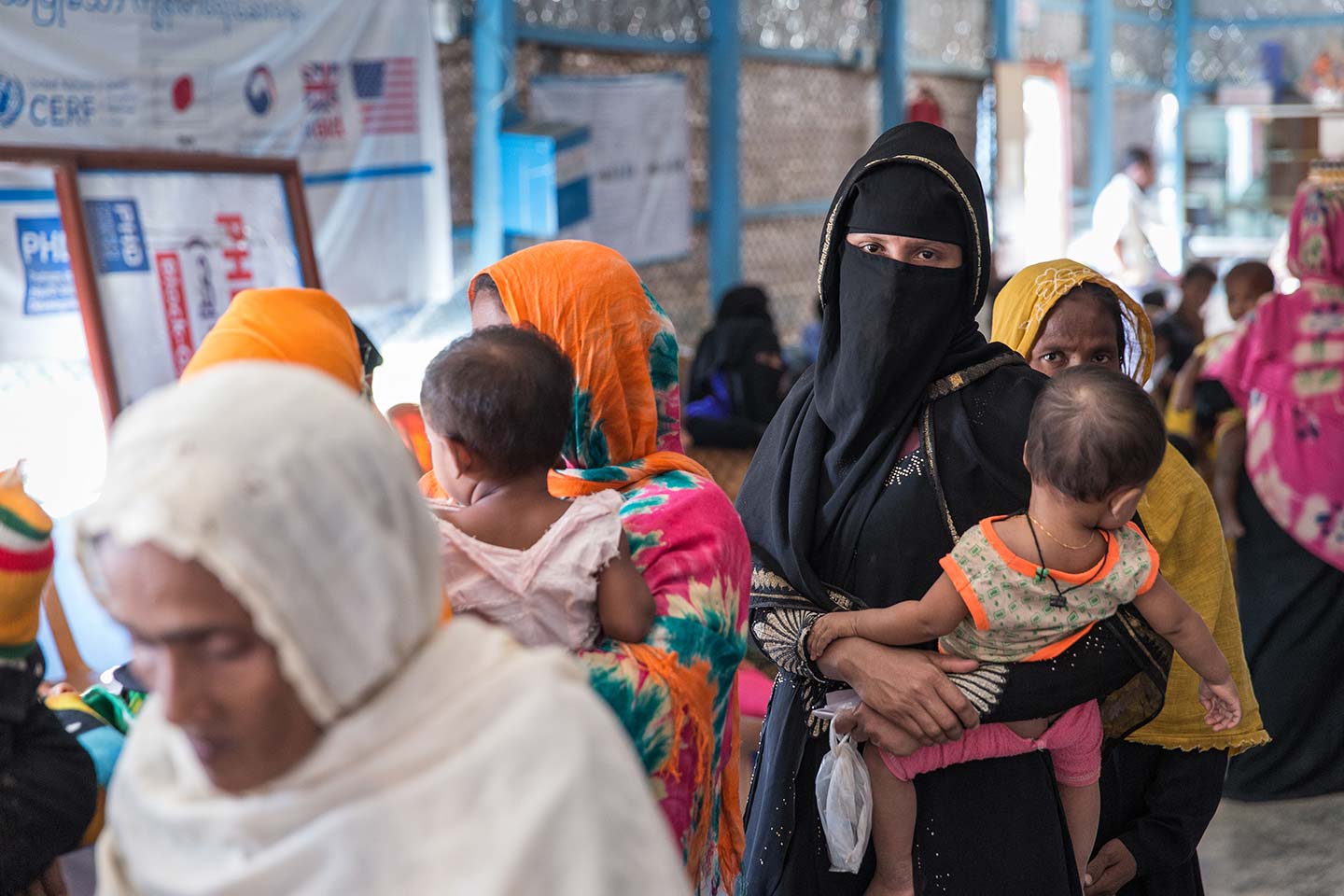
How is your knowledge from past outbreaks helping your response to COVID-19?
WHO’s incident management system is well tried and tested, and knowledge from previous disease outbreaks has been of great help in the response to the pandemic. For example, Gavi-funded Surveillance and Immunization Medical Officers have been trained and deployed early on to support contact tracing efforts in the camps. Similarly, learnings from the joint assessment teams that were originally established for acute watery diarrhoea and cholera outbreaks are now being used to establish and strengthen COVID-19 response teams. Collaboration is obviously more important than ever, and I think we have really managed to take a joint, multilateral approach in our response to COVID-19.
How would you see the provision of a COVID-19 vaccine in Cox’s Bazar?
I have been involved in immunisation programmes for over 20 years and I have never seen such demand for any other vaccine. Like anywhere else in the world, people are approaching health staff, connecting with friends and colleagues on different social media platforms to ask when a COVID-19 vaccine will be available.
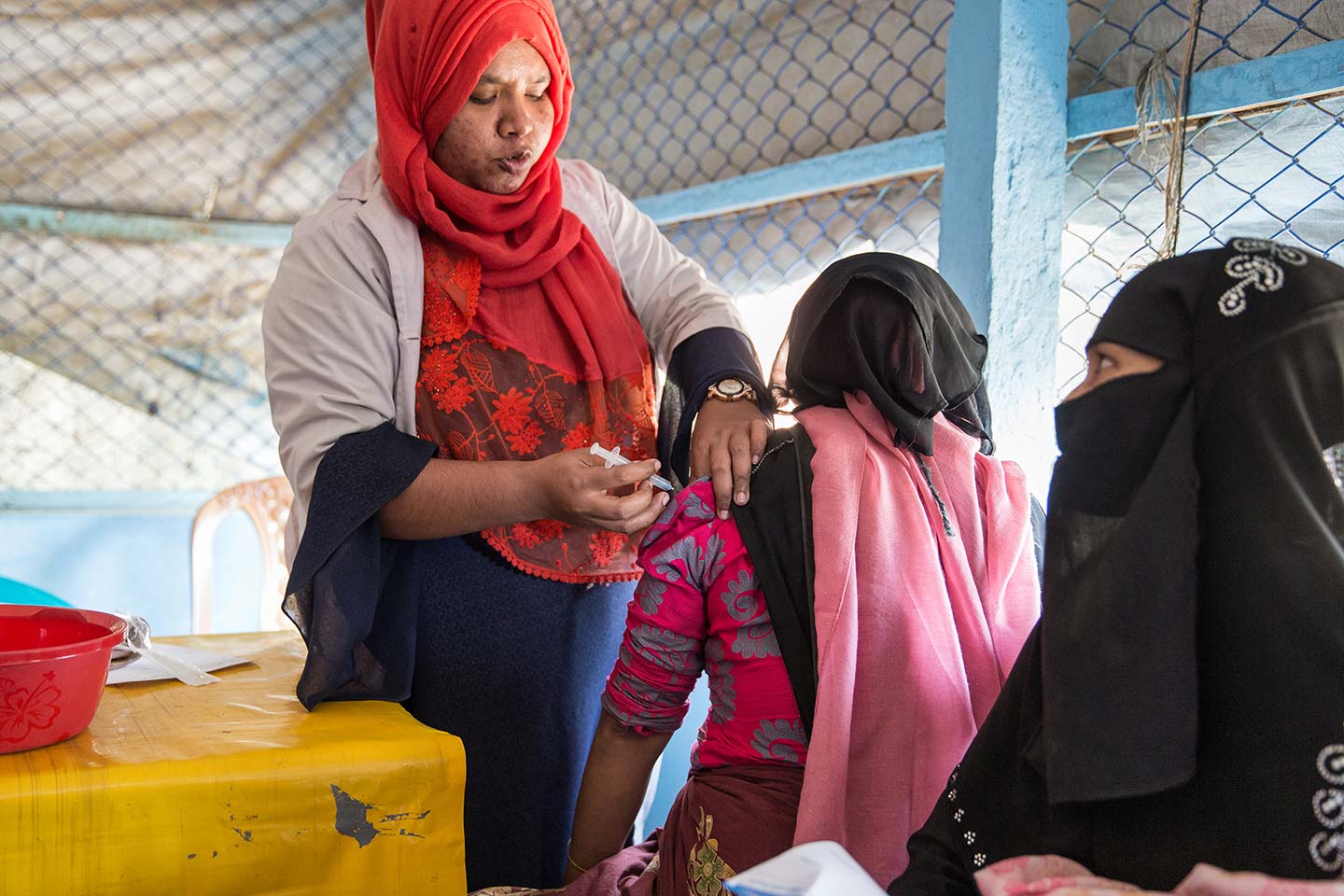
Before they are, we need to carefully plan the roll-out. The government of Bangladesh and its partners have a lot of experience and know-how to effectively manage routine immunisation programmes and campaigns. However, with COVID-19, we will have to do much more meticulous planning to take care of all infection prevention control measures. The introduction of COVID-19 vaccine in Cox’s Bazar, or anywhere else in the country, will need close assessment and planning on vaccine and logistic procurement, deployment, distribution, cold chain systems and storage capacity, vaccination delivery strategy, capacity building of health care staff, close monitoring and evaluation including surveillance of any adverse events following vaccination. PPE (personal protective equipment) for staff will also play an important role in delivering safe vaccinations.
Planning will also depend on COVID-19 vaccine guidelines, such as age group to be vaccinated, vaccine dosage, number of doses required per person, vaccine storage requirements, vaccine presentation, such as single or multi-dose vaccine vial, liquid or powder form, etc. Meanwhile, routine immunisation services must be resumed as soon as possible to protect the population from other diseases. Gavi has a critical role to play in all this.
